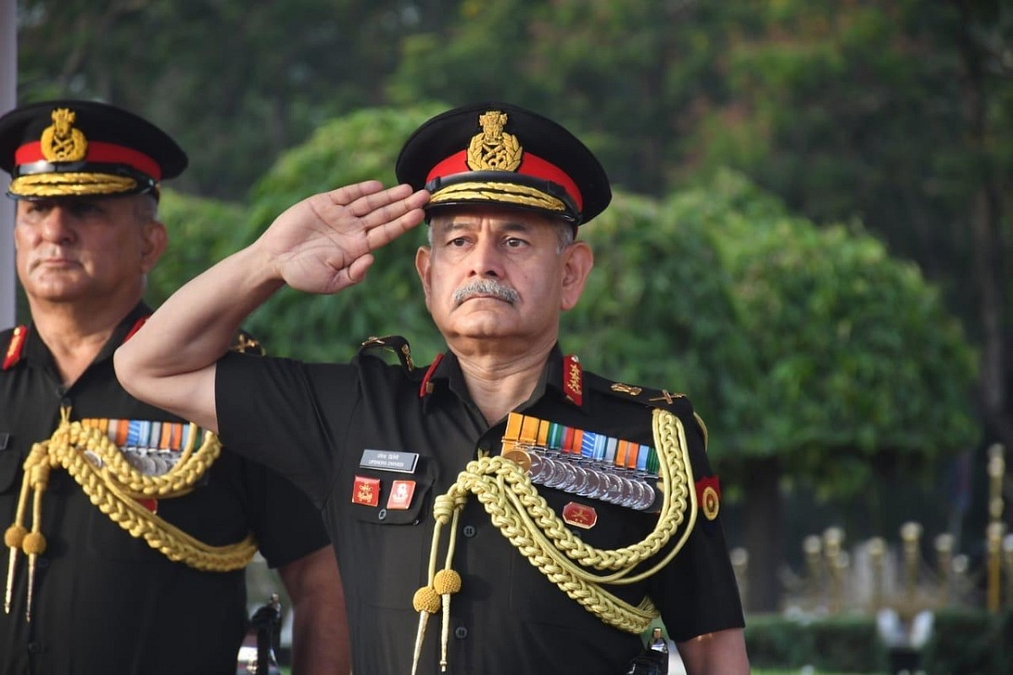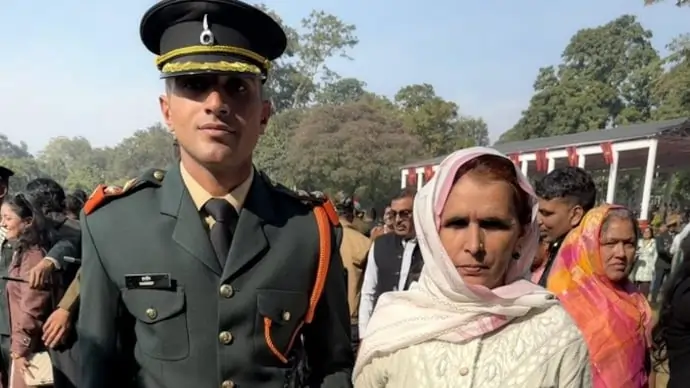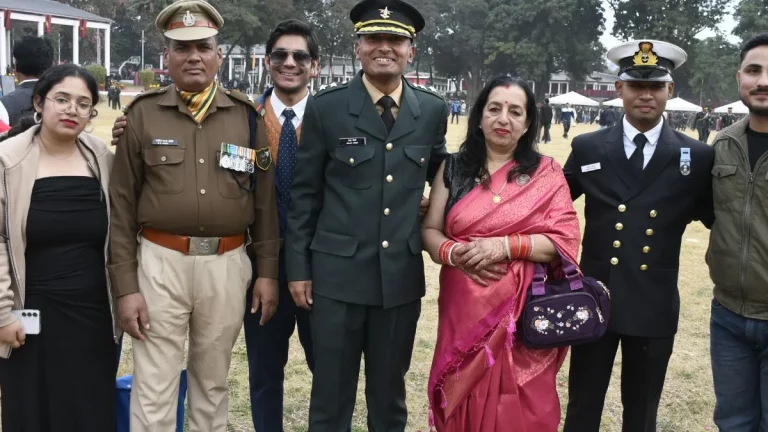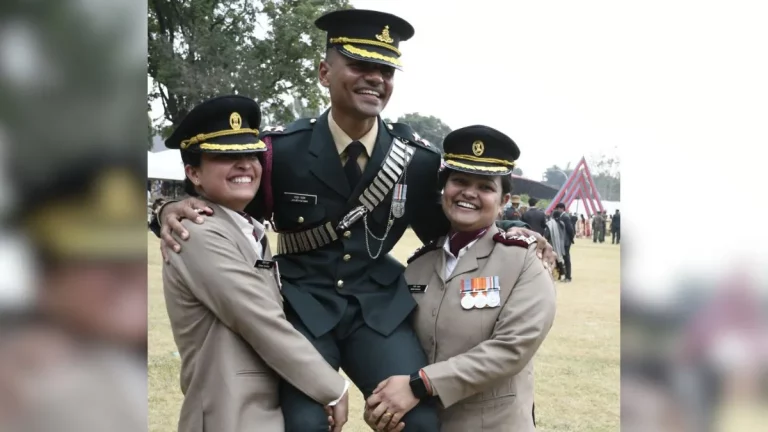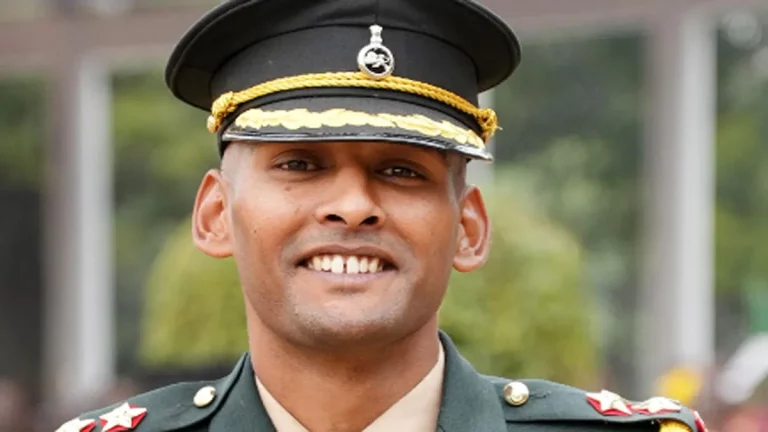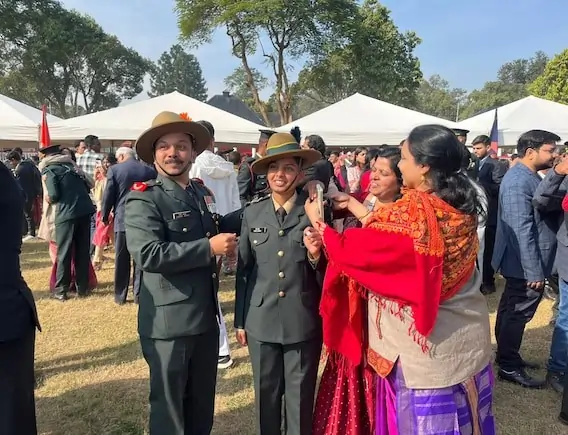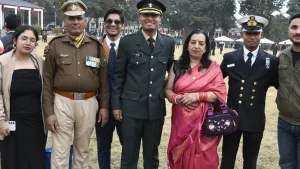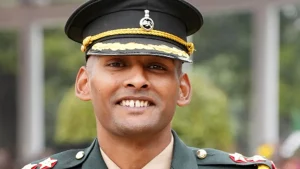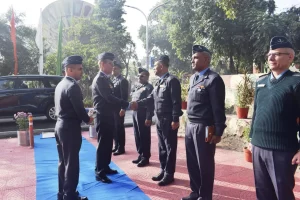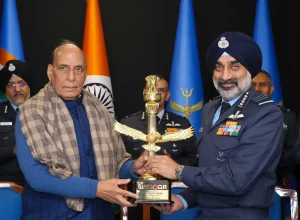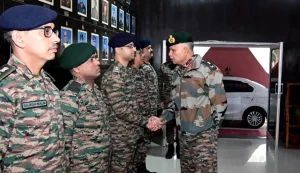The pension system for Indian Army officers is designed to provide financial security and support to those who have dedicated their lives to serving the nation. The pension benefits are structured based on various factors such as rank, duration of service, and the nature of retirement. Understanding the intricacies of this system is essential for both serving officers and those aspiring to join the ranks of the Indian Armed Forces. This article delves into the various aspects of the pension of an Indian Army officer, from the types of pensions available to the latest policy changes impacting retirees.
Overview of Pension Benefits for Indian Army Officers
The pension benefits for Indian Army officers are among the most comprehensive in the public sector. These benefits are crucial for ensuring a stable financial future for veterans after their service. The pension structure is primarily influenced by:
- Rank: Higher ranks typically receive larger pensions.
- Years of Service: Longer service periods contribute to higher pension calculations.
- Type of Retirement: The circumstances of retirement (voluntary or mandatory) can affect pension amounts.
Understanding these components is vital for officers to navigate their entitlements effectively.
Here’s the rank-wise table showing the likely estimated increase in service pension under OROP w.e.f. July 01, 2019:
| Rank | Pension as on 01.01.2016 (in Rs) | Revised Pension w.e.f. 01.07.2019 (in Rs) | Likely Arrears from 01.07.2019 to 30.06.2022 (in Rs) |
|---|---|---|---|
| Sepoy | 17,699 | 19,726 | 87,000 |
| Naik | 18,427 | 21,101 | 1,14,000 |
| Havildar | 20,066 | 21,782 | 70,000 |
| Nb Subedar | 24,232 | 26,800 | 1,08,000 |
| Sub Major | 33,526 | 37,600 | 1,75,000 |
| Major | 61,205 | 68,550 | 3,05,000 |
| Lt. Colonel | 84,330 | 95,400 | 4,55,000 |
| Colonel | 92,855 | 1,03,700 | 4,42,000 |
| Brigadier | 96,555 | 1,08,800 | 5,05,000 |
| Maj. Gen. | 99,621 | 1,09,100 | 3,90,000 |
| Lt. Gen. | 1,01,515 | 1,12,050 | 4,32,000 |
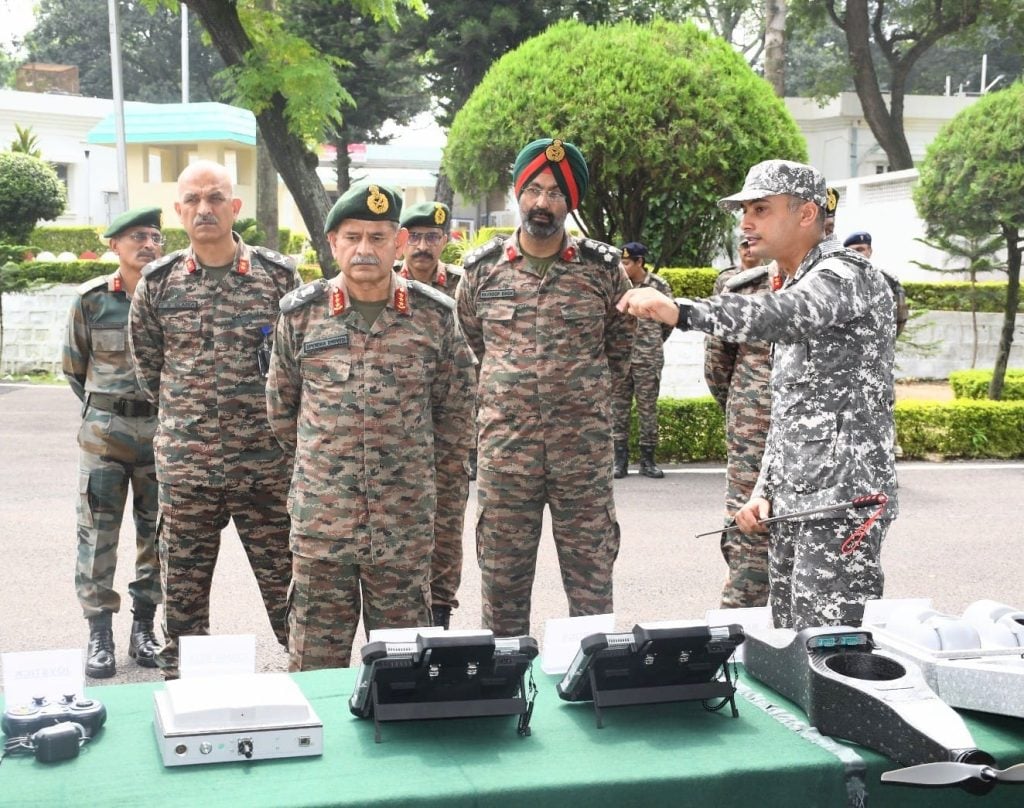
Types of Pensions Available
Indian Army officers have access to several types of pensions, each catering to different circumstances post-retirement. The primary categories include:
1. Service Pension
The service pension is the foundational benefit for officers who have completed a minimum of 20 years of service. Key features include:
- Calculation: The pension is calculated at 50% of either the last drawn salary or the average salary of the last ten months, whichever is higher.
- Minimum Guarantee: There is a guaranteed minimum pension amount, ensuring that all retirees receive a basic level of financial support.
2. Disability Pension
Officers who retire due to service-related disabilities are eligible for a disability pension. This pension comprises two components:
- Service Element: Equivalent to 50% of the last drawn salary.
- Disability Element: Varies based on the percentage of disability, with a maximum of 30% for full disability.
This pension acknowledges the sacrifices made by officers who sustain injuries while serving the nation.
3. War Injury Pension
The war injury pension is specifically designed for officers injured during active duty in conflict situations. The benefits include:
- Higher Compensation: Officers with 100% disability receive a pension equivalent to their last drawn salary.
- Support for Partial Disabilities: Those with lesser disabilities receive a percentage of their last drawn salary, ensuring a safety net for all affected personnel.
4. Invalid Pension
Recent policy reforms have expanded access to invalid pensions for officers who leave service due to disabilities not attributable to military service. Notably:
- No Minimum Service Requirement: Officers who become permanently incapacitated can claim this pension regardless of their length of service.
Pension Calculations Explained
The calculation of pensions for Indian Army officers involves several critical factors. Understanding these factors can help officers anticipate their financial benefits upon retirement.
Key Determinants of Pension Amount
- Last Drawn Salary: The pension is significantly influenced by the last salary received by the officer.
- Qualifying Service Years: The total number of years served impacts the pension calculations; more years typically result in higher pensions.
- Retirement Rank: The rank held at the time of retirement plays a crucial role, as higher ranks correspond to higher pay scales.
- Retirement Type: Whether the retirement was voluntary or due to superannuation can affect the pension structure.
- Pay Commission Recommendations: Periodic revisions by the Pay Commission can influence pension amounts.
Sample Pension Calculation
To illustrate, here’s a simplified breakdown of how pensions may be calculated for different ranks:
| Rank | Last Drawn Salary (in Rs) | Pension Amount (in Rs) |
|---|---|---|
| Lieutenant | 70,000 | 35,000 |
| Captain | 80,000 | 40,000 |
| Major | 90,000 | 45,000 |
| Colonel | 1,00,000 | 50,000 |
| Brigadier | 1,20,000 | 60,000 |
This table provides a basic overview of how the last drawn salary translates into pension benefits.
Additional Benefits and Allowances
Beyond the pension, retired army officers enjoy a range of additional benefits that enhance their quality of life. These include:
Family Pension
In the unfortunate event of an officer’s demise, the family is entitled to a family pension, which is calculated at 30% of the last drawn salary. This benefit ensures that the family has a financial cushion during a difficult time.
Medical Benefits
Retired officers and their dependents are covered under the Ex-Servicemen Contributory Health Scheme (ECHS), which provides:
- Access to Military Hospitals: Inpatient and outpatient treatment options.
- Specialist Consultations: Access to specialized medical care.
- Emergency Services: Support during medical emergencies.
Canteen Facilities
Veterans have access to the Canteen Stores Department (CSD), which offers essential goods at subsidized prices. This service includes various categories such as:
- Personal care items
- Household supplies
- Food and beverages
Resettlement Opportunities
The Directorate General of Resettlement (DGR) provides various initiatives to facilitate the transition of officers into civilian life. This includes:
- Training Programs: Specialized courses with fee exemptions.
- Job Reservations: Quotas in government sectors to aid in employment.
Recent Changes in Pension Policies
The Indian government has made significant strides in reforming the pension structure for military personnel. Notably, the implementation of the One Rank One Pension (OROP) scheme has been a transformative move.
One Rank One Pension (OROP) Scheme
The OROP scheme ensures that all personnel of the same rank and length of service receive uniform pension amounts, irrespective of their retirement date. This initiative addresses disparities that existed in the pension system and promotes fairness among veterans.
Recent Revisions
The Ministry of Defense has announced revisions to the pension structure, effective from July 1, 2024. These revisions include:
- Enhanced Benefits: Adjustments to ensure that pension amounts remain competitive.
- Broad Coverage: Inclusion of various ranks and categories of service personnel in the revised structure.
The Future of Army Pensions
The Indian government continues to evaluate and enhance the pension system, reflecting its commitment to the welfare of military personnel. Regular revisions every five years ensure that pension benefits remain aligned with economic conditions.
Ongoing Developments
Recent discussions around pension reforms indicate a proactive approach to addressing the needs of veterans. The establishment of a judicial commission to tackle pension-related issues demonstrates the government’s commitment to resolving challenges faced by retired personnel.
The pension of an Indian Army officer is not merely a financial arrangement; it is a testament to the nation’s gratitude for their service. With various types of pensions, additional benefits, and ongoing reforms, the system aims to provide comprehensive support to veterans and their families. As policies evolve, it is essential for both serving officers and aspirants to stay informed about their entitlements and the benefits available to them.
Frequently Asked Questions (FAQs)
What is the minimum service required to qualify for a service pension?
Officers must complete at least 20 years of service to qualify for a service pension.
How is the disability pension calculated?
The disability pension consists of a service element (50% of the last drawn salary) and a disability element based on the percentage of disability.
What benefits are available to the families of deceased officers?
Families are entitled to a family pension, which is typically 30% of the last drawn salary of the deceased officer.
Is there a minimum service requirement for invalid pensions?
No, recent changes allow for invalid pensions regardless of the length of service.
What is the OROP scheme?
The One Rank One Pension scheme ensures uniform pension payments for personnel of the same rank with equal service years, addressing historical disparities in pension amounts.
By understanding the pension structure and its various components, Indian Army officers can better prepare for their transition into retirement and ensure a secure financial future for themselves and their families.
